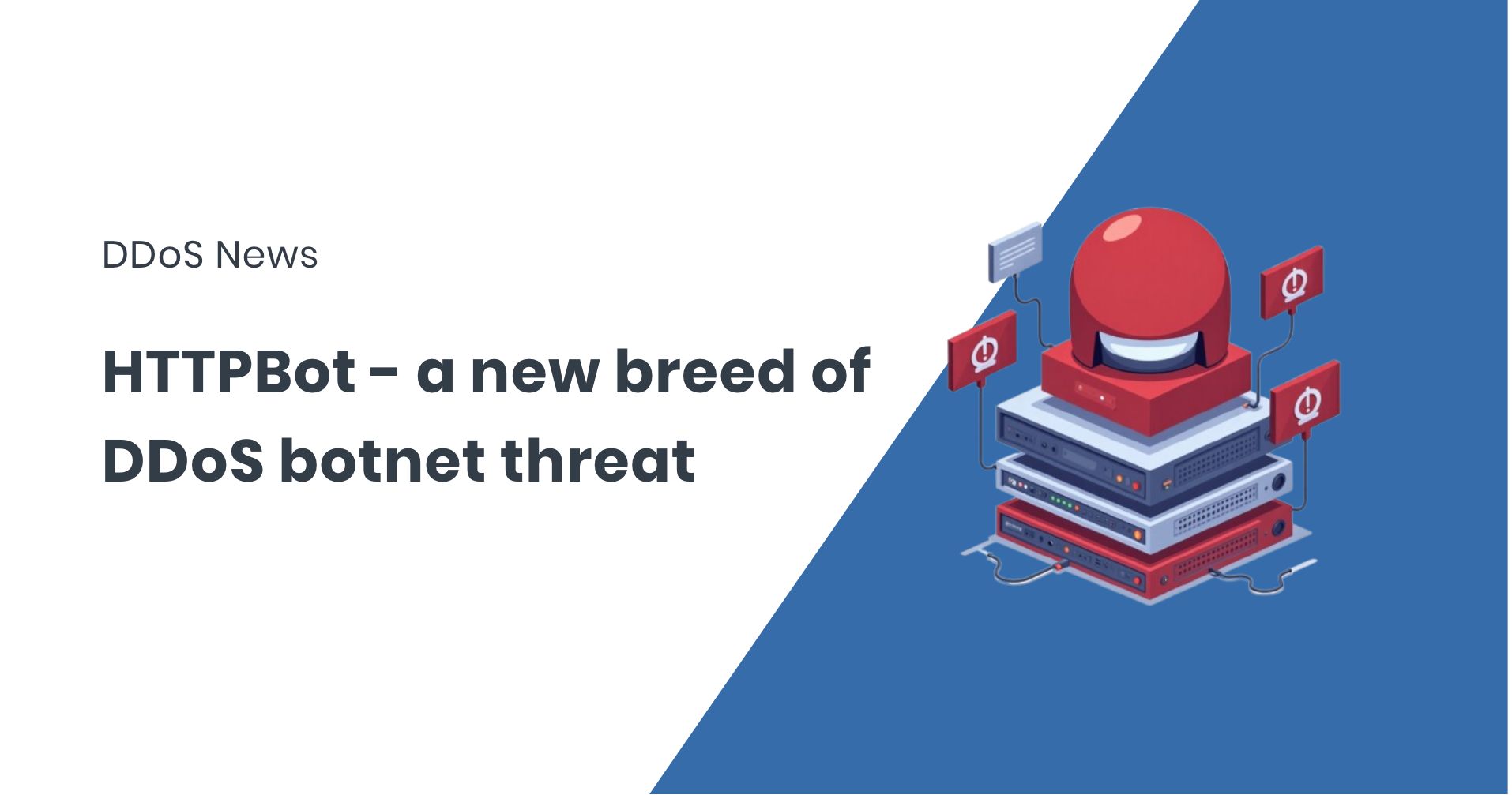
New Windows botnet HTTPBot zeroes in on game and tech portals
For years, most DDoS botnets have operated from compromised routers, IoT devices, or Linux servers. HTTPBot breaks that pattern. Written in Go and compiled specifically for Windows, this new botnet has emerged as a stealthy and precise threat. Since April 2025, it has targeted gaming, tech, and education sites—especially in China—with sophisticated HTTP-based attacks that closely mimic real browser traffic.
What Makes HTTPBot Different?
Unlike traditional botnets that flood networks with massive volumes of data, HTTPBot operates like a scalpel. It doesn’t just try to exhaust bandwidth—it targets application logic, aiming to disrupt services at the software level.
Once installed, HTTPBot hides its presence by removing any visual interface and adding itself to the Windows startup registry. From there, it connects to a command-and-control server to receive attack instructions. Each command includes a method, target, duration, and a unique attack ID.
It supports seven different HTTP-based DDoS methods, including:
- BrowserAttack: Opens hidden Chrome sessions to keep server threads occupied.
- HttpAutoAttack & CookieAttack: Replays session cookies and automates requests to look like genuine user traffic.
- HttpFpDlAttack: Exploits HTTP/2 features to trigger large file downloads, increasing CPU load on servers.
- WebSocketAttack: Leverages both
ws://andwss://protocols to consume backend resources. - PostAttack: Sends high volumes of POST requests to overwhelm application endpoints.
To avoid detection, HTTPBot wraps its traffic in Base64 encoding and rotates URLs frequently. Some of its modules even require Windows 8 or newer, suggesting a deliberate pivot away from outdated IoT devices and toward more powerful and modern Windows systems.
Why Gaming and Payment Portals Are Vulnerable
Gaming and financial services depend on ultra-fast, low-latency backends—especially login systems and payment APIs. Even a small disruption can cause customer frustration and revenue loss. HTTPBot’s operators exploit this by sending low-volume, high-fidelity traffic that appears legitimate. These structured bursts fly under the radar until backend resources quietly degrade.
According to NSFOCUS, this marks a shift from brute-force suppression to business-layer strangulation. Telemetry data shows HTTPBot’s attacks are spread out across the day, indicating automation rather than manual campaigns.
How to Defend Against HTTPBot
Traditional DDoS defenses focused on blocking bandwidth spikes won’t cut it anymore. HTTPBot requires deep Layer 7 visibility—that means monitoring the actual behavior of traffic at the application layer.
Recommended strategies include:
Patch Windows systems: Many infected hosts are edge servers or desktops running outdated Windows versions. Keeping systems updated reduces the botnet’s foothold.
Baselining APIs: Track normal patterns in cookies, payload sizes, and WebSocket usage. Alert on anomalies before users are affected.
Layer 7 filtering: Use application-aware security solutions that can distinguish between real and synthetic HTTP sessions.
About FastNetMon
FastNetMon is a leading solution for network security, offering advanced DDoS detection and mitigation. With real-time analytics and rapid response capabilities, FastNetMon helps organisations protect their infrastructure from evolving cyber threats.
For more information, visit https://fastnetmon.com